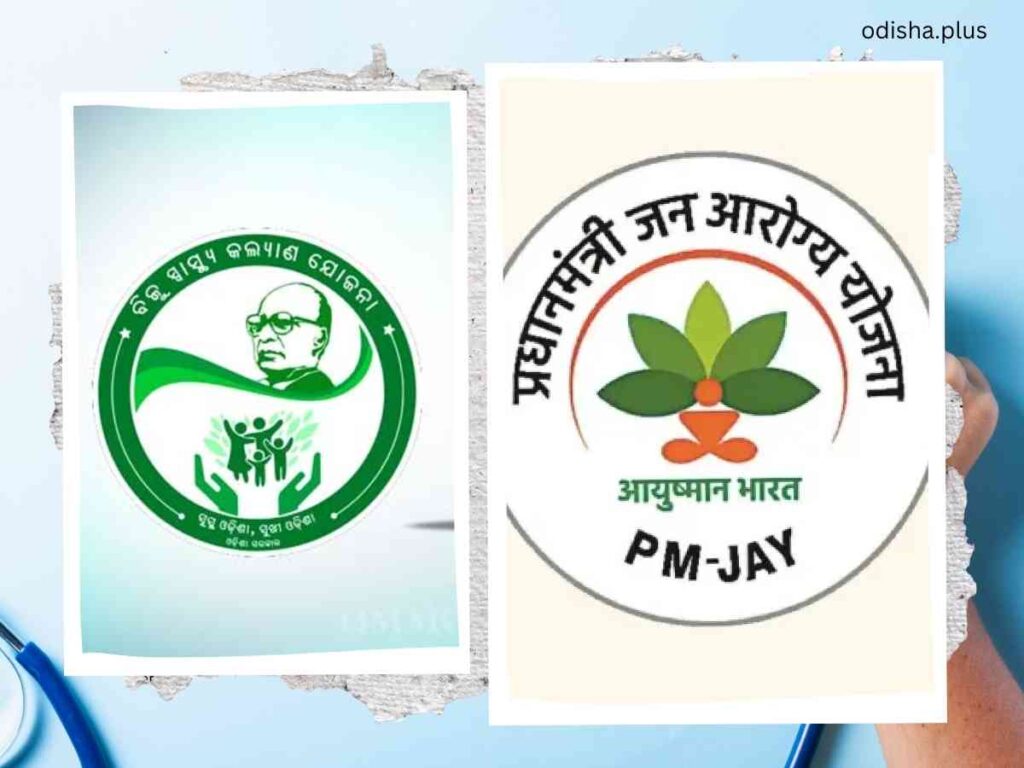Ayushman Bharat is being inaugurated today in Odisha. What are the main distinctions, and how do they position themselves in the broader context?
Bhaskar Parichha

Ayushman Bharat and Biju Swasthya Kalyan Yojana (BSKY) are two healthcare schemes aimed at providing affordable healthcare, but they differ in scope, implementation, and coverage, particularly in the context of Odisha.
Ayushman Bharat
Ayushman Bharat, launched by the Government of India in 2018, is a national health protection scheme with two main components. One, Pradhan Mantri Jan Arogya Yojana (PM-JAY) provides up to ₹5 lakh per family per year for secondary and tertiary care hospitalization to over 100 million vulnerable families (approximately 500 million beneficiaries). It targets Below Poverty Line (BPL) households based on Socio-Economic Caste Census (SECC) data. Two, health and Wellness Centres focus on preventive and primary healthcare.
The scheme is implemented across most Indian states, offering cashless treatment at empanelled public and private hospitals nationwide. It’s designed to be portable, meaning beneficiaries can access care anywhere in India, which is particularly useful for migrant workers.
In Odisha, the scheme was introduced in 2025 after the state government, under new leadership, agreed to integrate it with existing state mechanisms.
Biju Swasthya Kalyan Yojana
Biju Swasthya Kalyan Yojana or BSKY, launched by the Odisha government in 2018, was designed to provide universal healthcare to Odisha residents. Key features were coverage up to ₹5 lakh per family annually, with an enhanced cover of ₹10 lakh for women for secondary and tertiary care in empanelled hospitals.
Initially, it was covered for all ration card holders (around 96 lakh families or 3.5 crore people), later expanded to include nearly all rural families except income tax payers and government employees. It applied to both BPL and Above Poverty Line (APL) families, making it broader than PM-JAY.
There was free healthcare at government facilities (from sub-centres to district hospitals) for all, regardless of income, plus cashless treatment at empanelled private hospitals. Smart Health Cards were introduced in 2021 to streamline access. The Yojana covered around 200 private hospitals in Odisha and select super-speciality hospitals outside the state, with conveyance support for out-of-state treatment.
Key Differences
Ayushman Bharat’s PM-JAY focuses on BPL families (around 70 lakh families in Odisha), while BSKY was more inclusive, covering both BPL and APL families and reaching over 90 lakh families. BSKY’s universal free care at government facilities had no income bar, unlike PM-JAY’s targeted approach.
PM-JAY offers access to a larger network (over 29,000 empanelled hospitals nationwide), while BSKY was limited to fewer hospitals, mostly within Odisha, with some out-of-state tie-ups.
Odisha, under the Biju Janata Dal (BJD) government until 2024, resisted adopting PM-JAY, arguing that BSKY was superior due to its broader coverage and higher cap for women. The BJD claimed PM-JAY would exclude many Odia families. After the Bharatiya Janata Party (BJP) came to power in Odisha in 2024, the state moved to integrate BSKY (renamed Gopabandhu Jan Arogya Yojana) with PM-JAY to leverage central funding and expand hospital access.
The transition began in January 2025, with plans to issue unified health cards combining the benefits of both schemes. This aims to cover around 3.5 crore people in Odisha, ensuring cashless treatment at a wider network of hospitals. The state allocated ₹3,500 crore for this integration, with the central scheme supporting about 67.8 lakh families.
Pragmatic Approach
The integration reflects a pragmatic approach. PM-JAY’s nationwide portability benefits Odia migrants, while BSKY’s legacy ensures broader state-specific coverage. The unified card system aims to simplify access, though challenges like awareness, hospital empanelment, and seamless data integration remain.
Both schemes aim to reduce catastrophic healthcare costs, but their merger in Odisha highlights a shift toward cooperative federalism, balancing state autonomy with national frameworks.
(The author is a senior journalist and columnist. Views expressed are personal.)

























